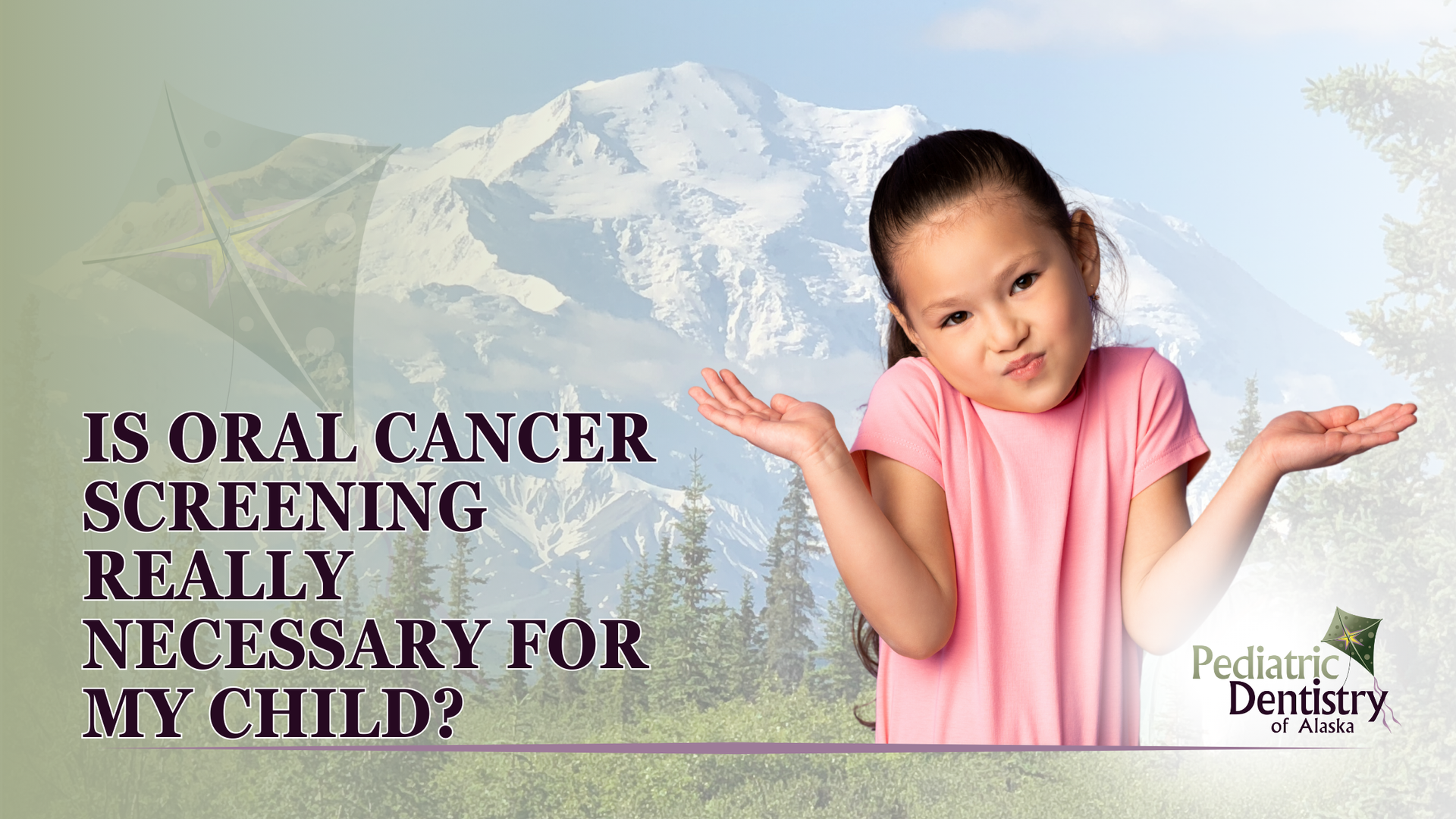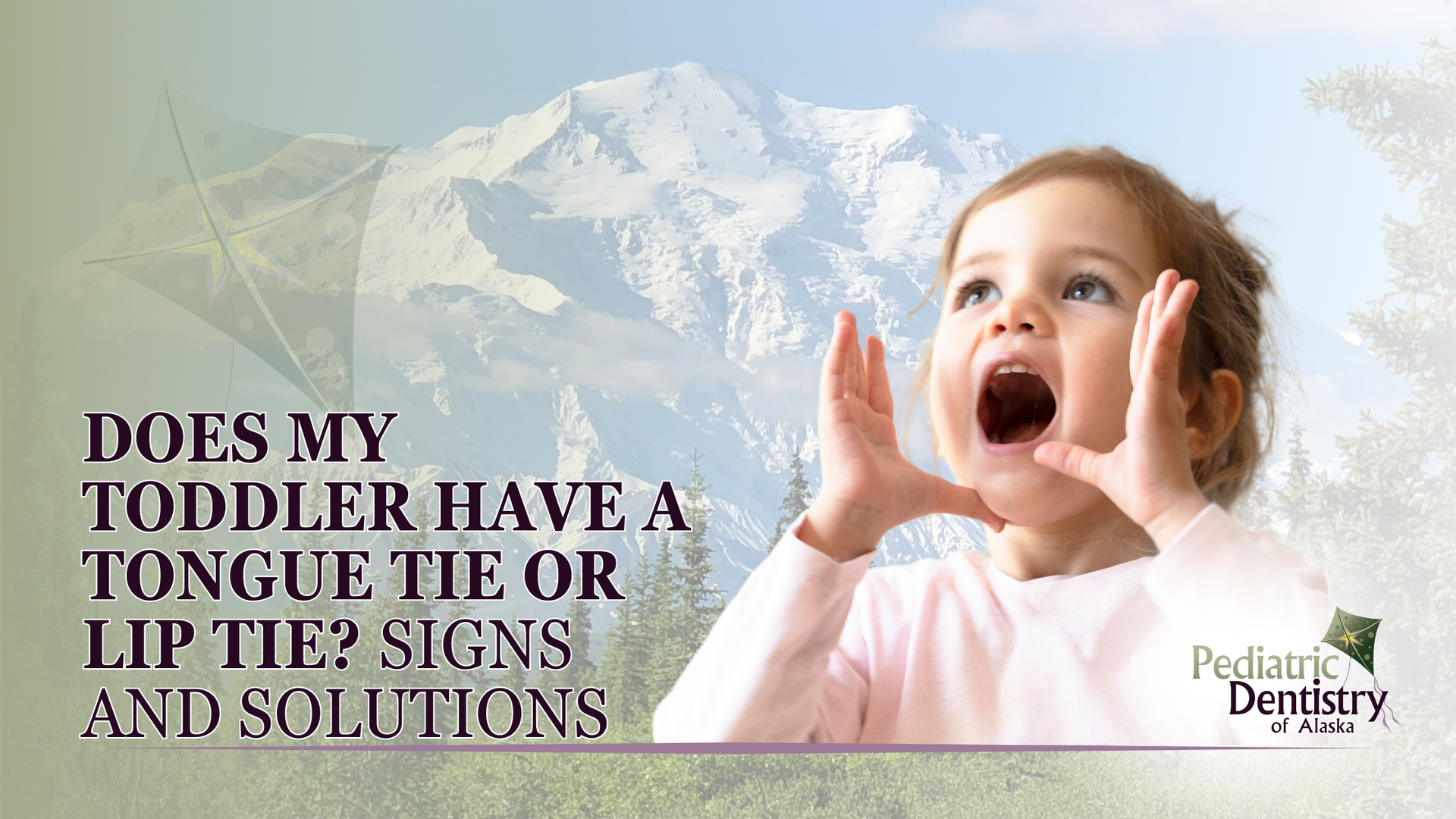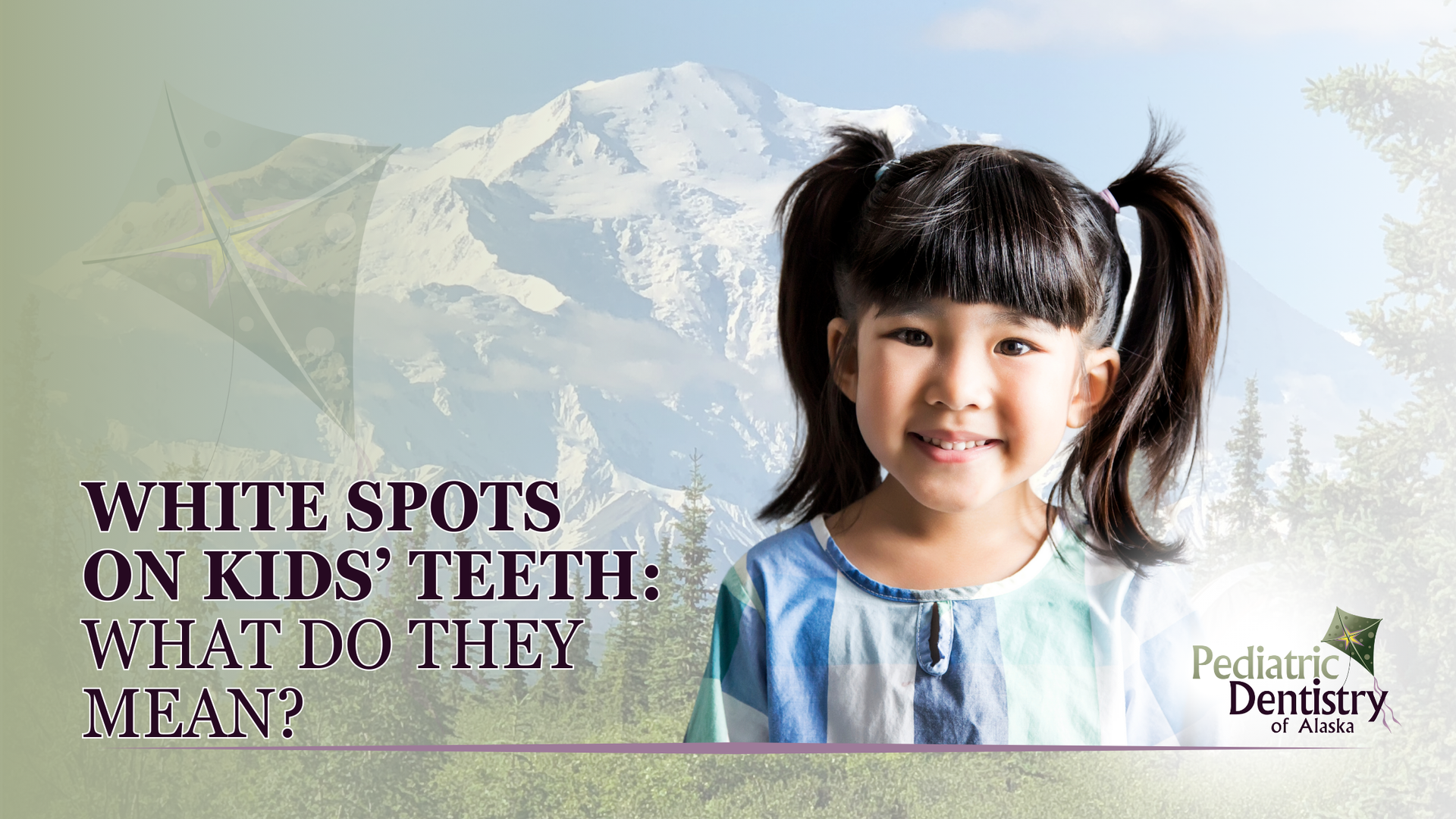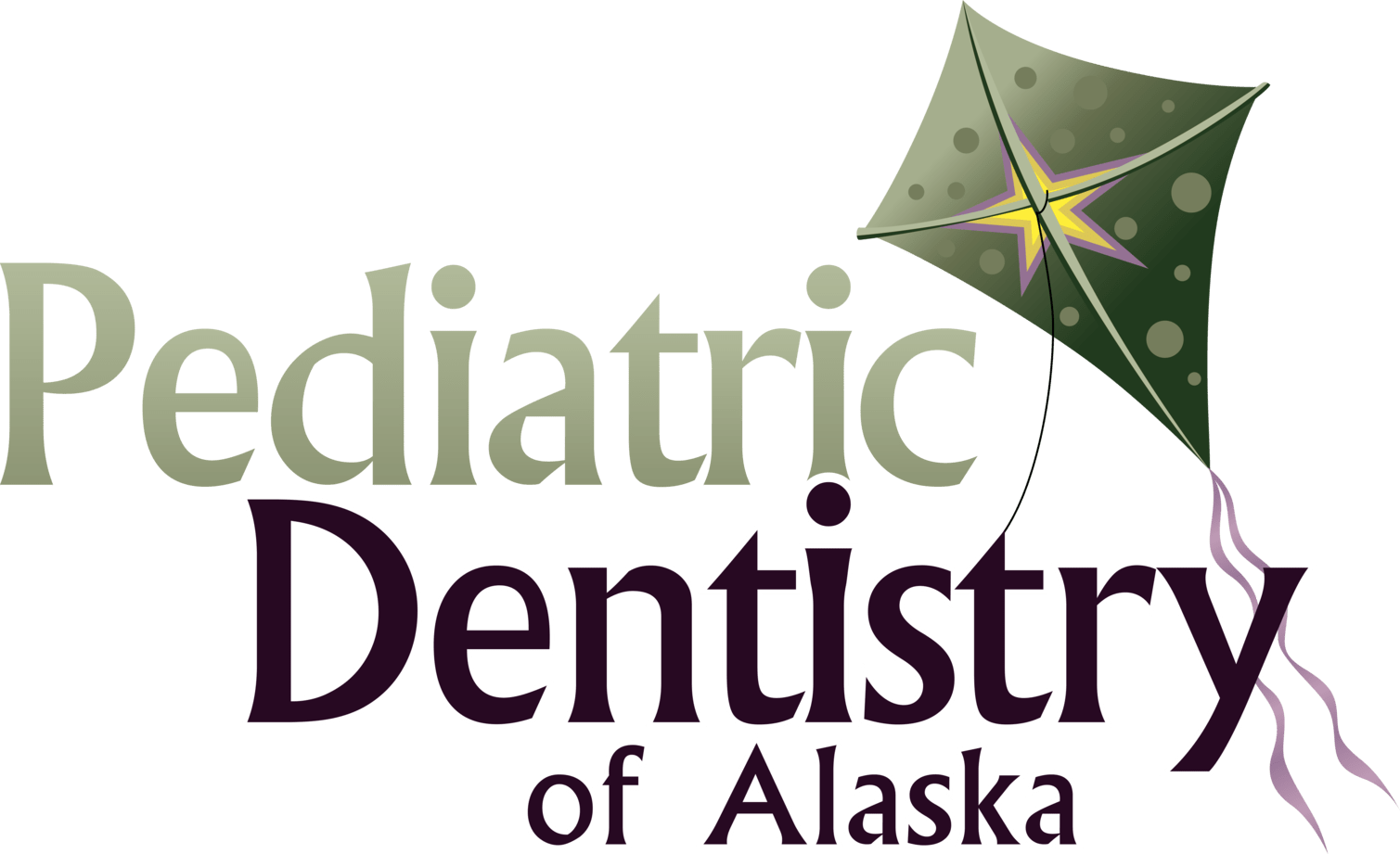Tooth Eruption Schedule: A Guide for Parents
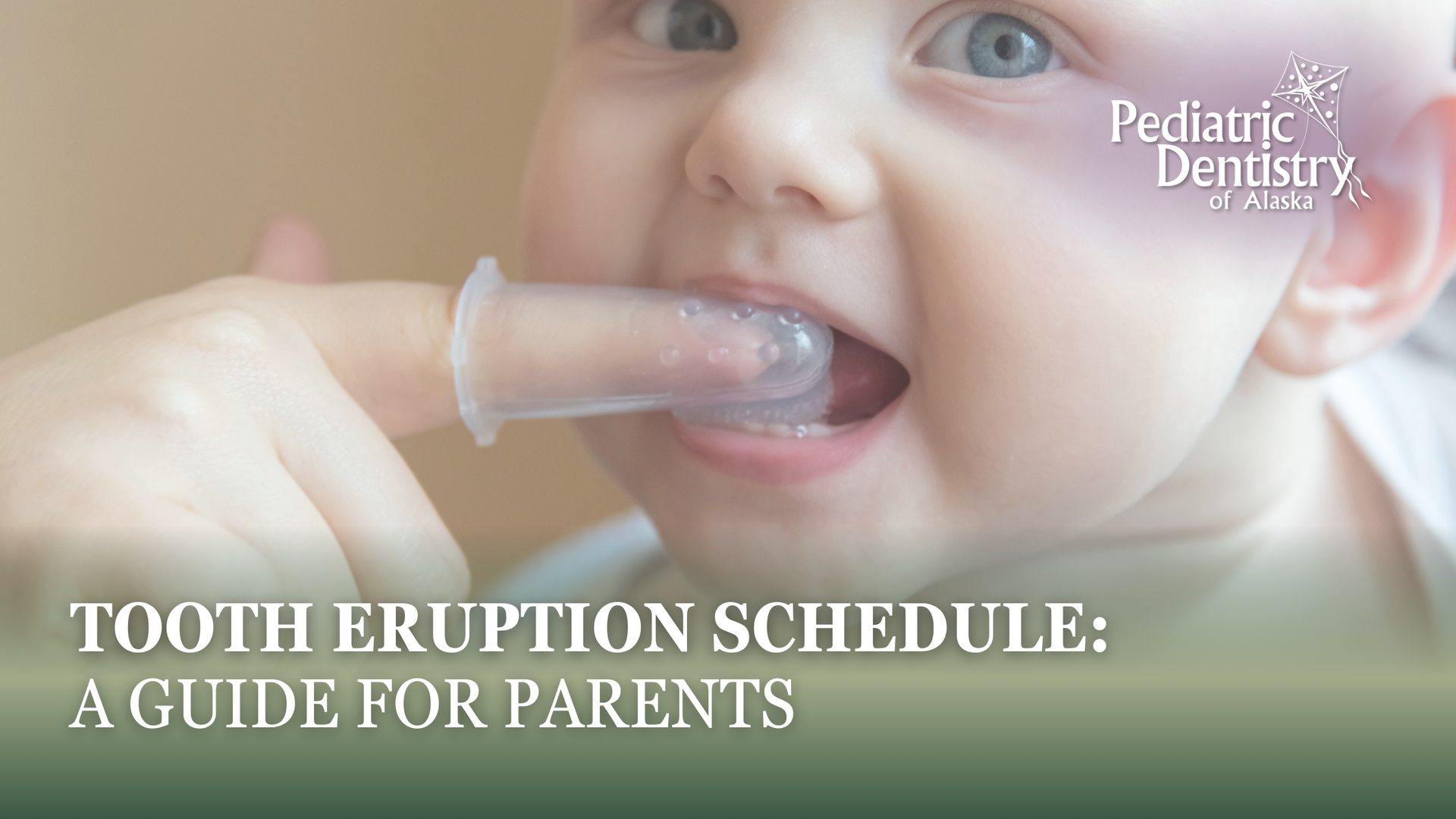
Source: Dr. Marketing
Watching our little ones grow and develop is a remarkable journey filled with excitement and wonder. As parents, we eagerly anticipate each new milestone, from their first steps to their first words. One of the most thrilling yet sometimes overlooked milestones is when their first teeth begin to emerge. It's a sign of their growth and a step towards independence. This stage is not only significant for their physical development but also for their future oral health. As we witness these tiny teeth making their debut, it's a gentle reminder of the amazing journey of parenthood and the incredible transformations our children go through.
Knowing our children’s tooth eruption timeline is important for maintaining good dental hygiene and keeping an eye on their oral well-being. This article will explore the phases of tooth eruption, what you can anticipate, and how to look after your child's blossoming smile.
Timeline of Tooth Eruption
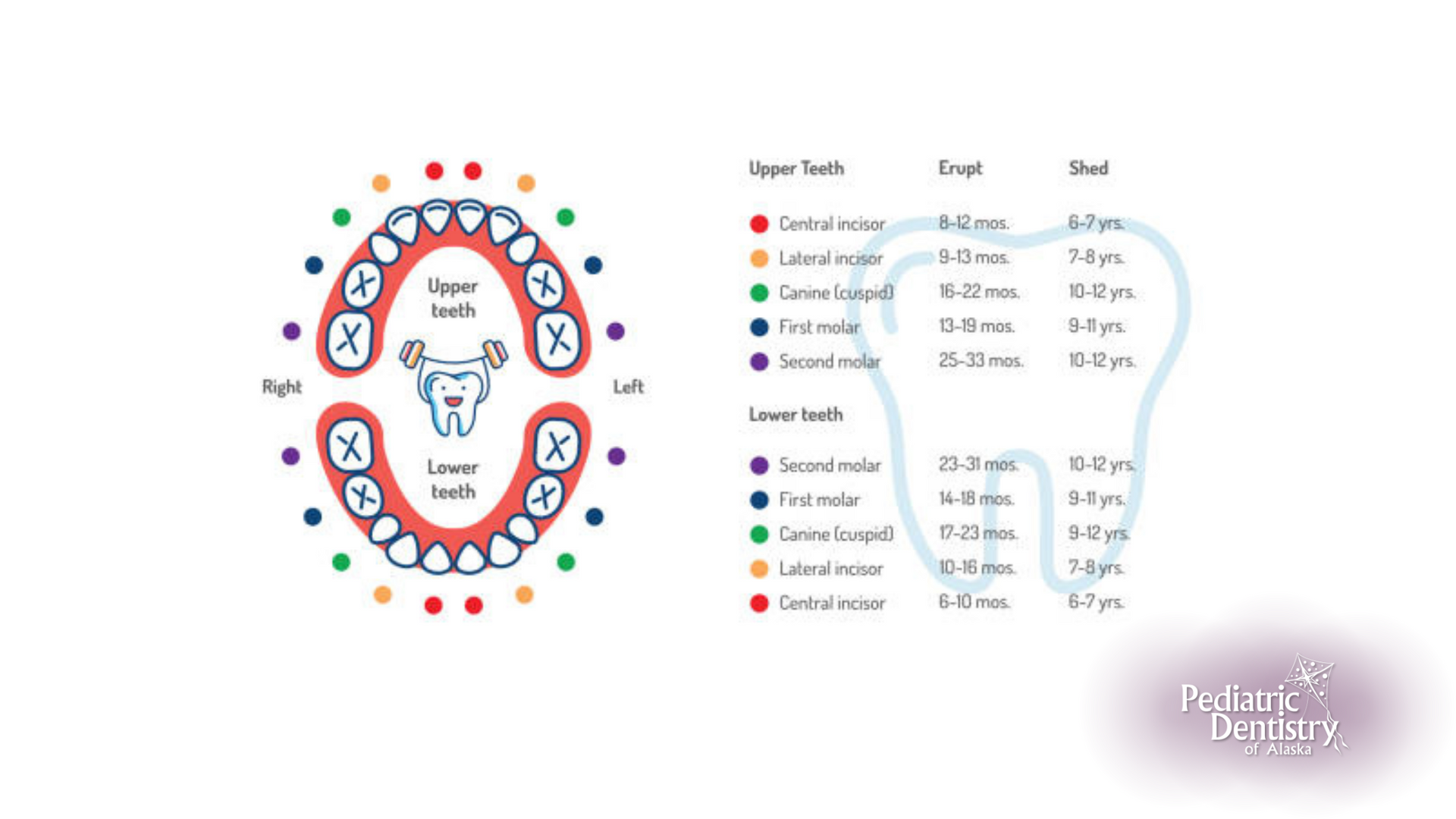
Dental eruption schedules outline the typical timeline for when primary (baby) and permanent teeth emerge in a child’s mouth. These schedules are important guides for parents and caregivers to track the development of a child's teeth. Regular dental checkups and cleanings with us at Pediatric Dentistry of Alaska help your child stay on track to great oral health. Here is a breakdown of the different phases:
Stage 1: Primary (Baby) Teeth Eruption Phase
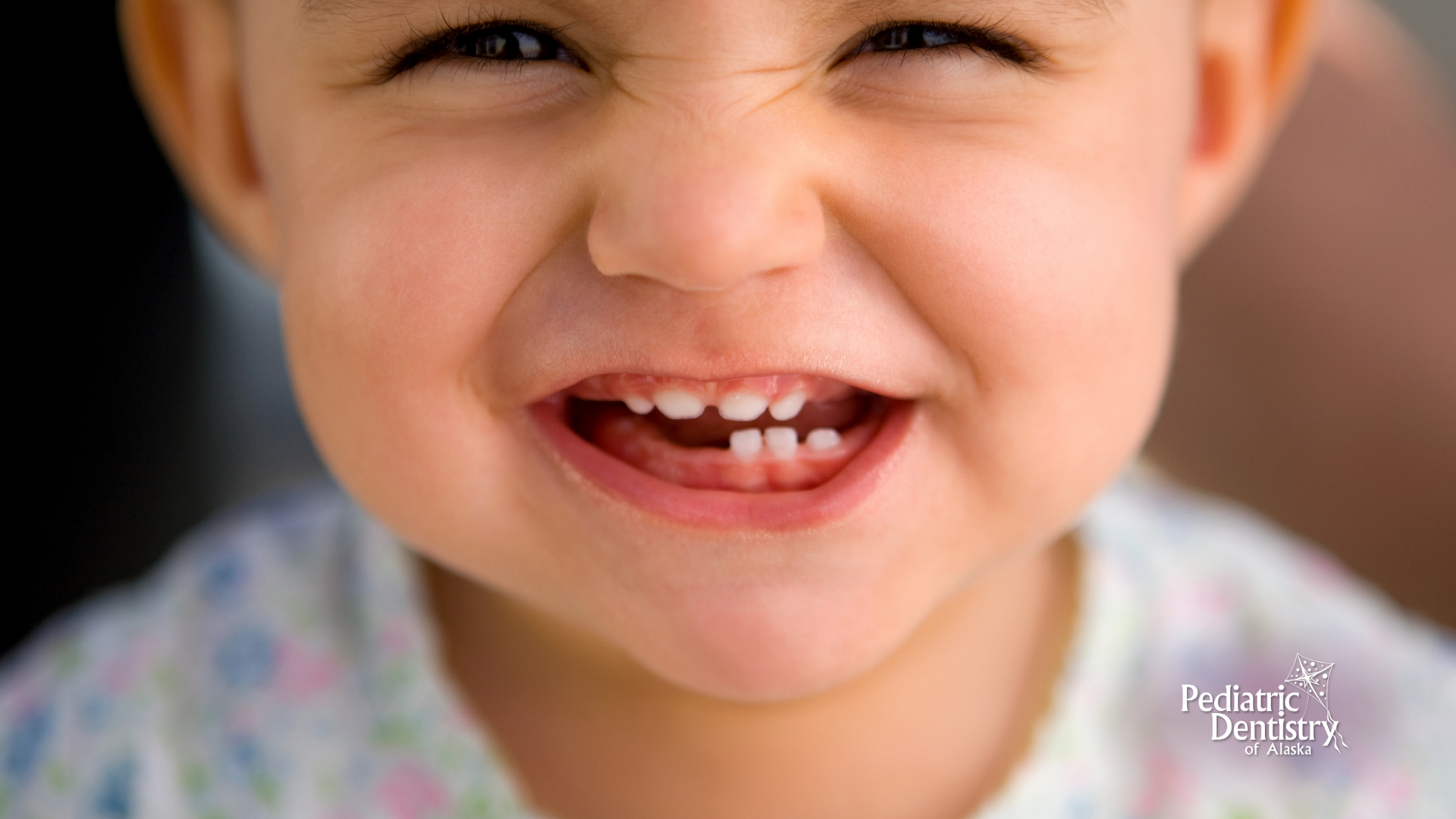
Around six months of age, the bottom two front teeth, also known as the central incisors, are usually the first to make their appearance. Following this, the top two central incisors typically emerge around 8 months. By the time your little one reaches their first birthday, the lateral incisors next to the central incisors are likely to start appearing.
Moving along the timeline, first molars tend to show up around the age of 13 to 19 months (about 1 and a half years), and canine teeth usually follow suit between 16 to 23 months. The second molars typically make their grand entrance between 25 to 33 months of age, marking the near completion of the primary teeth eruption process. Here is a general timeline for primary (baby) teeth eruption:
- Lower central incisors (bottom front teeth): 6-10 months
- Upper central incisors (top front teeth): 8-12 months
- Upper and lower lateral incisors (teeth adjacent to front teeth): 9-16 months
- First molars (back teeth): 13-19 months
- Canine teeth (pointed teeth next to the incisors): 16-23 months
- Second molars: 23-33 months
It's important to remember that every child is unique, and these timeframes are just general guidelines.
Stage 2: Mixed Dentition Phase
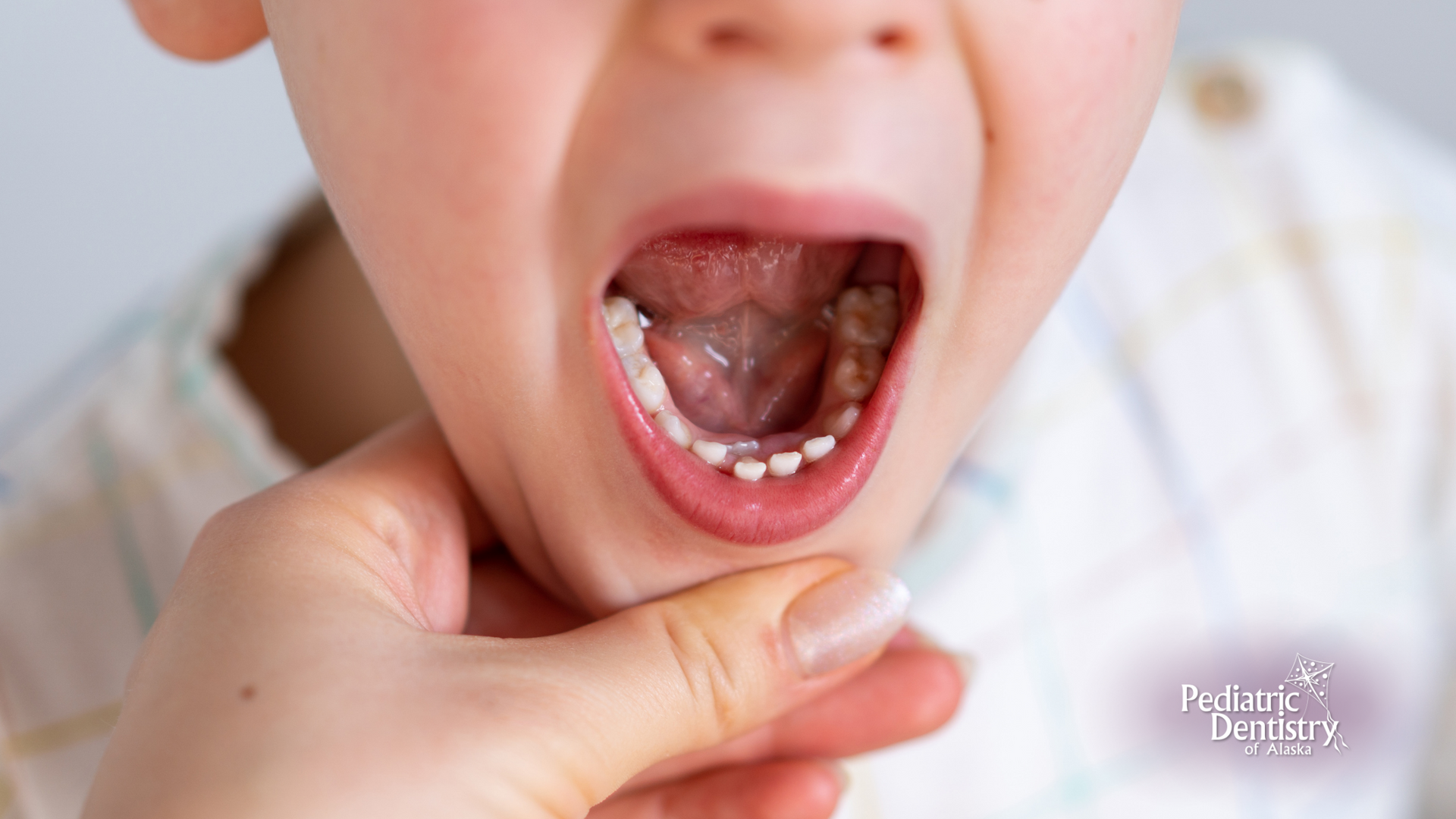
Between the ages of 6 and 12, the mixed dentition phase takes place, where both primary (baby) and permanent teeth coexist in your child's mouth. This period is when children experience various dental changes simultaneously. Around age six, your child will begin to lose their primary teeth and make way for their permanent teeth. This process continues until around age 12-13. Here's a general timeline for permanent teeth eruption:
- First molars: 6-7 years
- Central incisors: 6-8 years
- Lateral incisors: 7-8 years
- First premolars (bicuspids): 9-11 years
- Canine teeth: 9-12 years
- Second premolars: 10-12 years
- Second molars: 11-13 years
- Third molars (wisdom teeth): Late teens to early twenties
Eruption of Permanent Teeth
The first permanent teeth to erupt are usually the first molars, which emerge behind the last primary molars around age 6. The permanent first molars are important because they do not replace any primary teeth. They provide additional chewing surfaces and help maintain proper alignment of the teeth.
This is followed by the eruption of the permanent central and lateral incisors, which replace the corresponding primary teeth. The lower central incisors are often the first permanent incisors to emerge, around age 6-7. The permanent canines (cuspid teeth) and premolars (bicuspids) typically begin to erupt around age 9-12, replacing the corresponding primary teeth.
Loss of Primary Teeth (Baby Teeth)
As permanent teeth erupt, the roots of the corresponding primary teeth resorb, causing them to become loose and eventually fall out. The sequence of primary tooth loss can vary, but it often starts with the lower central incisors, followed by the upper central incisors, and then progresses to the lateral incisors, canines, and molars.
The mixed dentition phase is an important period for assessing the alignment of the teeth and identifying any orthodontic issues that may require intervention. Orthodontic treatment, such as braces or aligners, may be recommended during this phase to address issues like crowding, spacing, or misalignment of the teeth.
In essence, the mixed dentition phase signifies a transition in a child's dental growth, where both primary and permanent teeth coexist. During this period, parents and caregivers must encourage good oral hygiene practices and schedule routine dental appointments to promote optimal dental care. Our pediatric dentists at Pediatric Dentistry of Alaska are available to provide guidance and support to help you maintain excellent oral health.
Stage 3: Permanent Teeth Phase
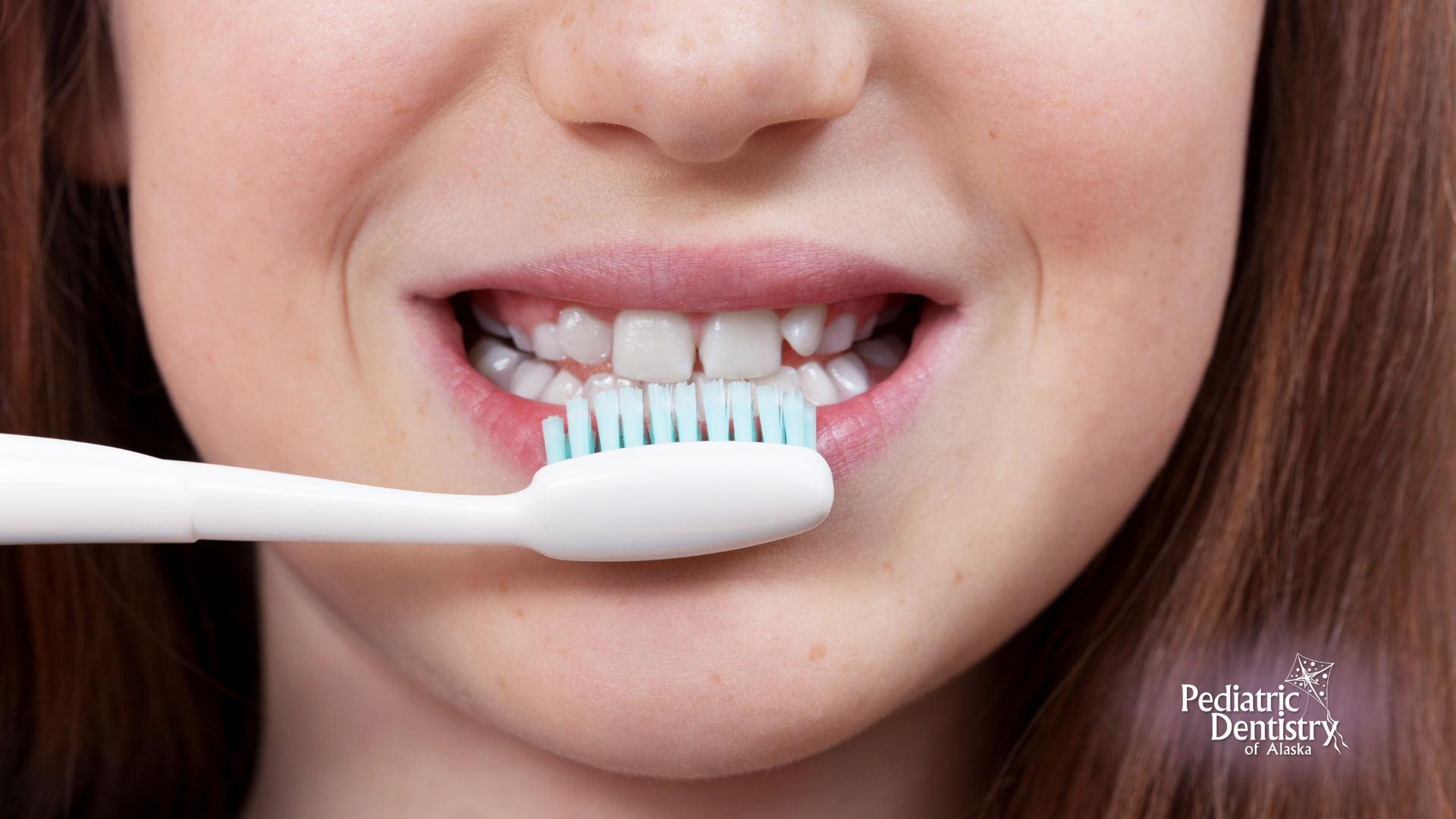
During the permanent teeth phase, children progress in developing and erupting their permanent teeth. This period usually starts around age 6 and extends into adolescence and early adulthood. Here is a summary of the events that take place during this stage:
Eruption of Permanent Teeth
The eruption of permanent teeth continues beyond the mixed dentition phase and into adolescence. Permanent teeth replace primary teeth that have been shed, completing the transition from the primary to the permanent dentition. The sequence and timing of permanent tooth eruption can vary among individuals, but the general pattern is as follows:
- Central incisors: Typically erupt around age 6-7.
- Lateral incisors: Follow the central incisors and usually erupt around age 7-8.
- Canine (cuspid) teeth: Typically erupt around age 9-12, following the incisors.
- First premolars (bicuspids): Erupt around age 10-12, often replacing primary molars.
- Second premolars (bicuspids): Erupt around age 10-12, following the first premolars.
- First molars: These are already present in the mouth by age 6 and do not replace any primary teeth.
- Second molars: Typically erupt around age 11-13, behind the first molars.
- Third molars (wisdom teeth): These teeth may erupt between ages 17 and 25, but the timing varies widely among individuals.
It's important to note that individual variations in eruption timing are common, and deviations from the typical schedule may occur without indicating any underlying problems. Regular dental check-ups with our dentists at Pediatric Dentistry of Alaska are essential for monitoring dental development and addressing any concerns.
Caring for Your Child's Teeth
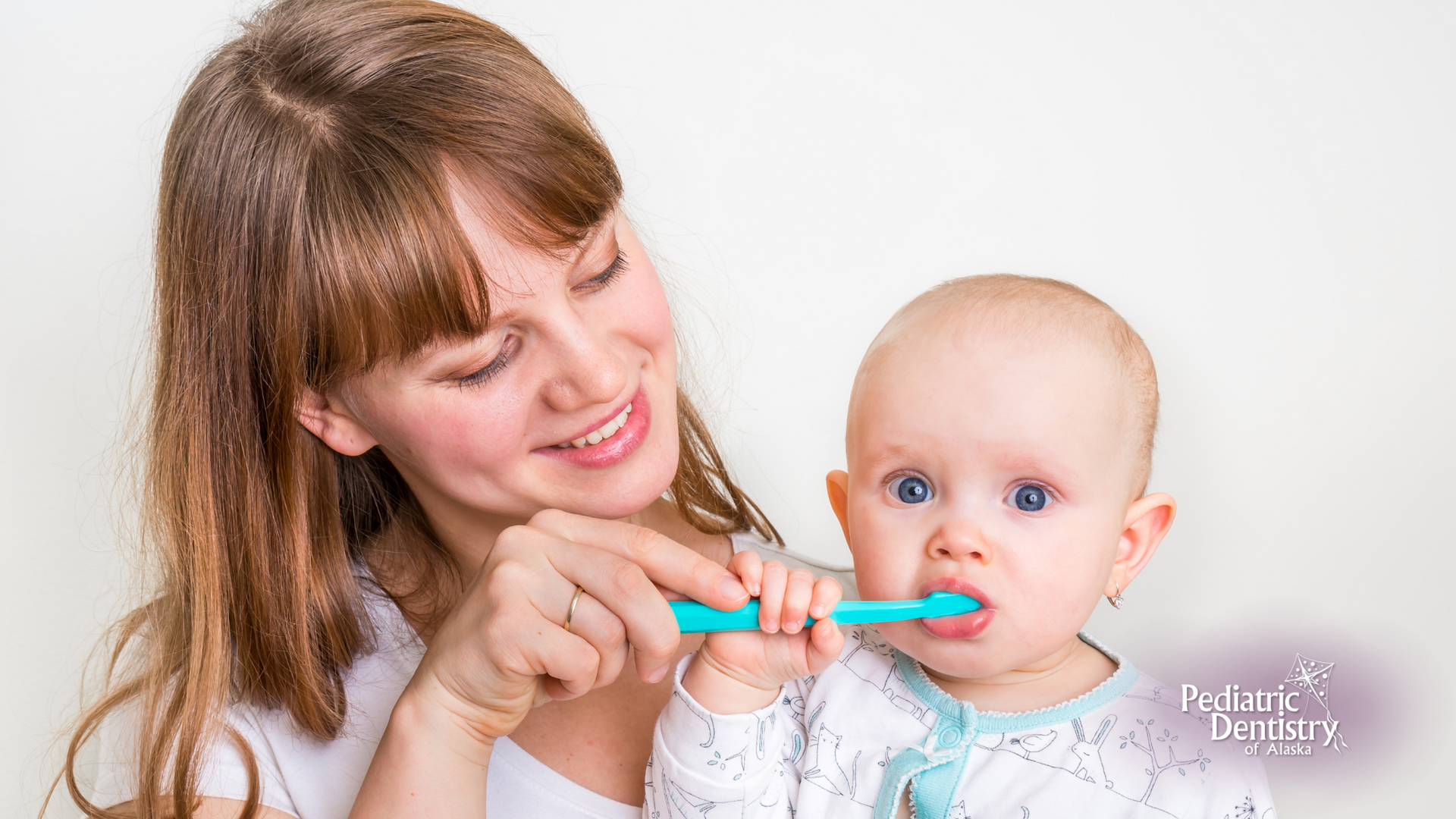
Taking care of your child's teeth is crucial for their overall health and well-being. It sets the foundation for a cavity-free and problem-free adult life. Make sure your child brushes their teeth at least twice a day with fluoride toothpaste and teach them to brush all surfaces of their teeth thoroughly. Encourage them to floss daily to remove any food particles trapped between their teeth. Limit sugary snacks and drinks in their diet to prevent cavities.
Schedule regular dental check-ups with us at Pediatric Dentistry of Alaska to monitor their oral health and address any issues early on. Remember, good oral hygiene habits established in childhood can lead to a lifetime of healthy smiles.
Start Early:
Begin caring for your child's oral health even before their first tooth erupts. Wipe their gums with a clean, damp cloth after feeding to remove bacteria and prevent buildup.
Establish Good Oral Hygiene Habits:
- As soon as your child's first tooth appears, begin brushing their teeth with a soft-bristled toothbrush and a smear of fluoride toothpaste (about the size of a grain of rice).
- Encourage your child to brush their teeth twice a day, in the morning and before bedtime, using fluoride toothpaste. Supervise brushing until they can do it effectively on their own, usually around age 6 or 7.
- Floss between your child's teeth daily, as soon as they have two teeth that touch.
Provide a Healthy Diet:
Limit sugary foods and beverages in your child's diet, as they can contribute to tooth decay. Encourage healthy snacks such as fruits, vegetables, cheese, yogurt, and nuts. Avoid giving your child sugary drinks like juice, soda, and sports drinks. Instead, offer water or milk as the primary beverages.
Schedule Regular Dental Check-Ups:
Take your child to the dentist for regular check-ups and cleanings starting around their first birthday or within six months of the eruption of their first tooth. Dental visits allow our dentist in Wasilla, Alaska and Palmer, Alaska to monitor your child's dental development, identify any issues early on, and provide preventive care such as fluoride treatments and dental sealants.
Protect Teeth During Activities:
If your child plays sports, encourage them to wear a mouth guard to protect their teeth from injury. Discourage habits like thumb-sucking and pacifier use beyond age 3, as they can affect dental development and alignment.
Lead by Example:
Be a positive role model for your child by practicing good oral hygiene habits yourself. Brush and floss your teeth together with your child to make it a fun and interactive experience.
Educate Your Child:
Teach your child about the importance of oral hygiene and how to care for their teeth properly. With regular dental checkups and cleanings at Pediatric Dentistry of Alaska in Wasilla and Palmer we will ensure your child is well aware of their oral health. Use age-appropriate books, videos, and resources to educate your child about dental health and the importance of regular dental check-ups.
By following these tips and making oral health a priority in your child's daily routine, you can help them maintain healthy teeth and gums for a lifetime.
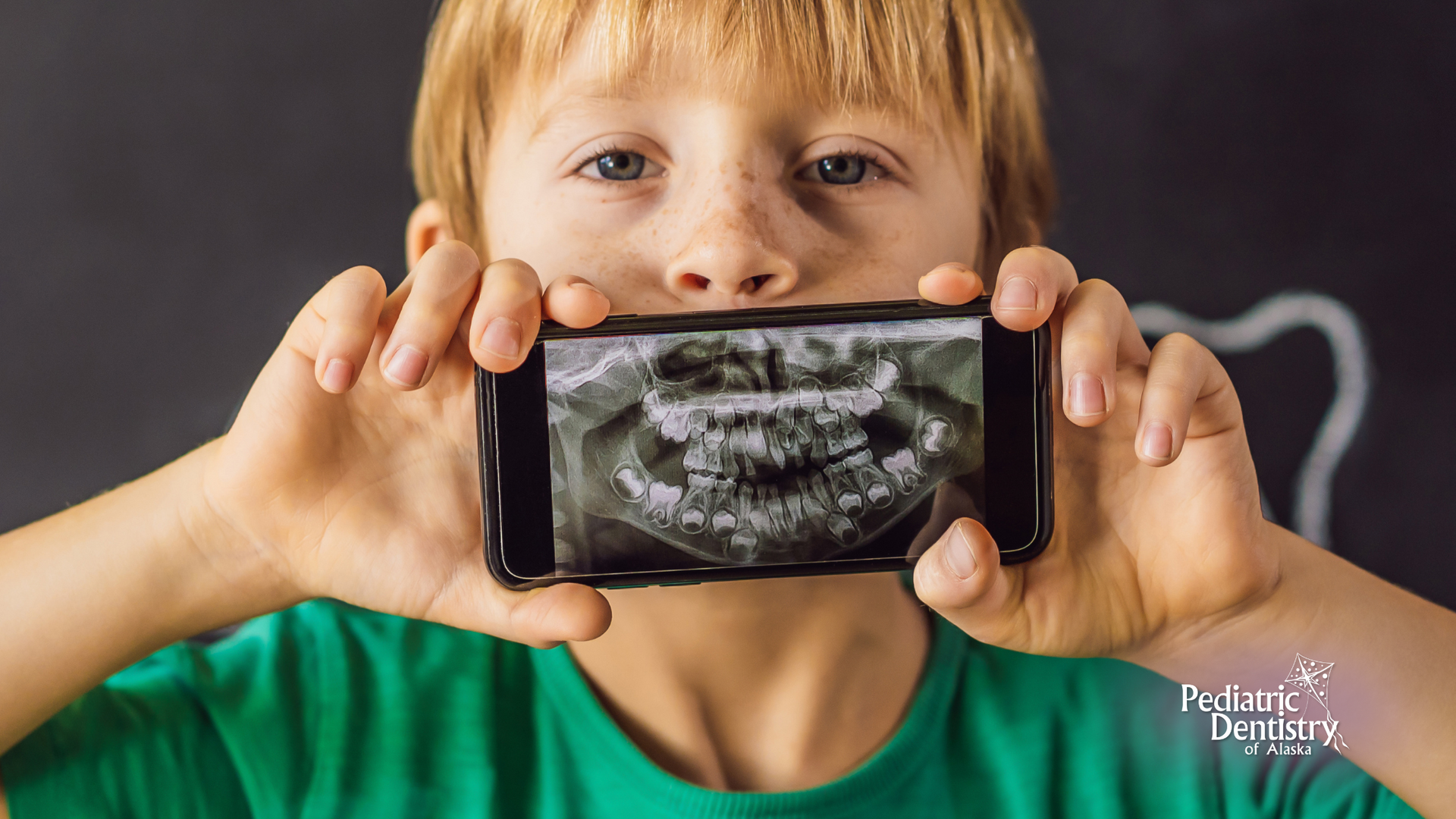
In summary, it is crucial to prioritize regular dental check-ups and cleanings as your child experiences tooth eruption. These scheduled visits are essential for maintaining your child's optimal oral health during this developmental phase. By maintaining consistency with routine dental check-ups and cleanings at Pediatric Dentistry of Alaska, we can monitor their dental development, prevent dental problems, provide education and encouragement, and establish healthy dental habits.
By emphasizing the importance of regular dental check-ups and cleanings during your child's tooth eruption process, you are investing in their long-term oral health and ensuring a lifetime of healthy smiles!
Let's work together to protect our little ones smiles!
